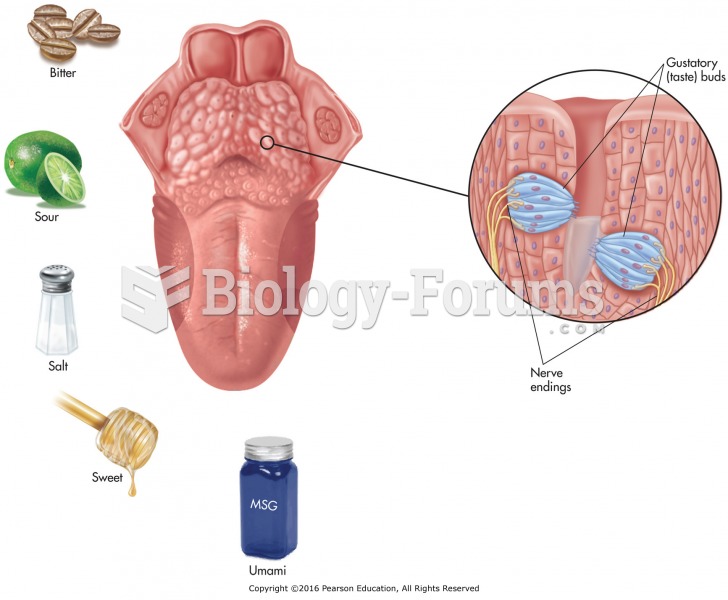|
|
|
Did you know?
HIV testing reach is still limited. An estimated 40% of people with HIV (more than 14 million) remain undiagnosed and do not know their infection status.
Did you know?
Asthma cases in Americans are about 75% higher today than they were in 1980.
Did you know?
Thyroid conditions may make getting pregnant impossible.
Did you know?
The Centers for Disease Control and Prevention (CDC) was originally known as the Communicable Disease Center, which was formed to fight malaria. It was originally headquartered in Atlanta, Georgia, since the Southern states faced the worst threat from malaria.
Did you know?
Human stomach acid is strong enough to dissolve small pieces of metal such as razor blades or staples.







